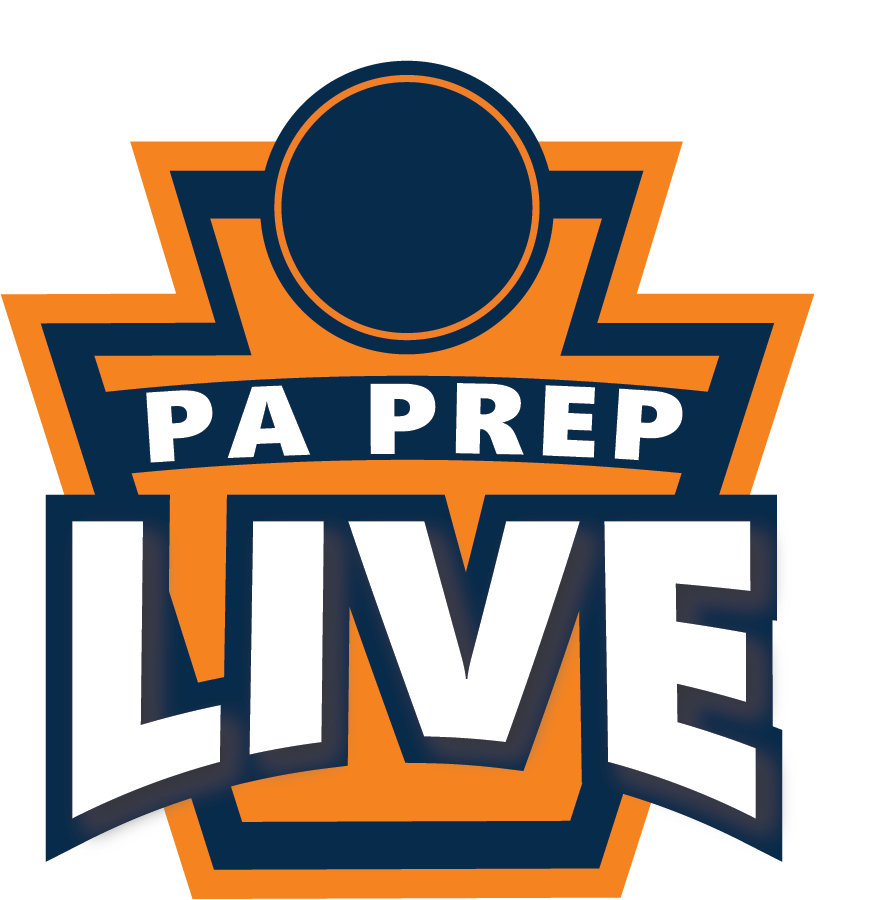
Norristown athletic programs seeking to change leagues
WEST NORRITON — The landscape of athletic programs in the Norristown Area School District could be in for a major change.
Norristown athletic director Tony Palladino will make a presentation at Monday night’s school board meeting to get the process rolling for the Eagles’ athletic programs to move to the Pioneer Athletic Conference from the Suburban One League.
The change, if approved, would take place in time for the 2016-17 season for varsity and junior varsity sports. For middle school and freshman teams, it would be in place by next season.
“We are in the process of looking at the Pioneer Athletic Conference right now,’ Palladino confirmed Thursday. “This has been a process since last spring, when Norristown was invited (to a meeting), before I got to Norristown, and it’s been ongoing. It’s obviously something I support because I believe it’s in the best interest of our student-athletes.’
On a side note, the Pioneer Athletic Conference currently consists of 10 schools (and is referred to as the PAC-10 informally). Those schools include Methacton, Perkiomen Valley, Pope John Paul II, Spring-Ford, Pottstown, Pottsgrove, Boyertown, Owen J. Roberts, Phoenixville, and Upper Perkiomen.
Palladino also came to Norristown from Phoenixville, and had been at Boyertown before that, so he has a Pioneer Athletic Conference background.
If the league expands, it is expected to expand by two teams, one, such as Norristown, as a Class AAAA school. A Class AAA school is also expected to join. According to sources, the front-runner to fill the Class AAA slot is Upper Merion.
Upper Merion athletic director Robert Devers said his school has been contacted by the Pioneer Athletic Conference, but could not comment on any pending future action about changing leagues.
Switching back to Norristown’s move from the Suburban One League, which it has been a member since the league was founded in 1922, Palladino said the move is not related to anything concerning the competition-side of the school’s athletic programs.
“When I got here,’ the first-year athletic director said, “my thinking is maybe this is the right time to make this move. It’s what’s best for our student-athletes.
“It would add 10 to 15 hours of instructional time since they don’t have to get out of class as early.
“Especially (with events) against Methacton and Perkiomen Valley. It’s a bonus in the classroom for the students, the teachers and the coaches that teach. The classroom is where the future is, and where it’s supposed to be. For us, it’s the best of both worlds.’
The first response from naysayers about the move is that Norristown is doing this for athletic purposes. Palladino said, repeatedly, that is far from the case.
“You can look at any sport, and the competitive balance can swing every year,’ he said. “We are not doing this to win more games. The Pioneer Athletic Conference has some great teams in many sports.
“We want our kids to be successful in the classroom. It’s going to start at the middle school level and go from there. We want them to spend more time in class and less time on a bus. That’s what this is all about.’
And, as Palladino points out, there are other pluses.
“The games would be closer,’ he said. “Parents would be able to leave work and see their kids play.’
And then there is the Pioneer Athletic Conference’s postseason. Unlike the Suburban One League, the PAC has “Final Fours’ in several sports. It’s a postseason bonus, Palladino says, before the district playoffs. And a chance to crown a “real’ league champion.
“The Final Four events are awesome,’ Palladino said. “District championships don’t happen that often. But the chance to win a league championship, after a Final Four, is special.’
Again, the topic must turn back to the students. And Palladino is quick to point out that any changes are far from athletics-related.
“This is what we feel is best for the kids,’ he said. “That’s why we want to do this. The process started (before I got here). When I was a Phoenixville, I knew Norristown was involved.
“I was behind it then. I thought, then, Norristown had a lot to offer to the Pioneer Athletic Conference. And now that I’m here, I see it. It’s where we belong.’
